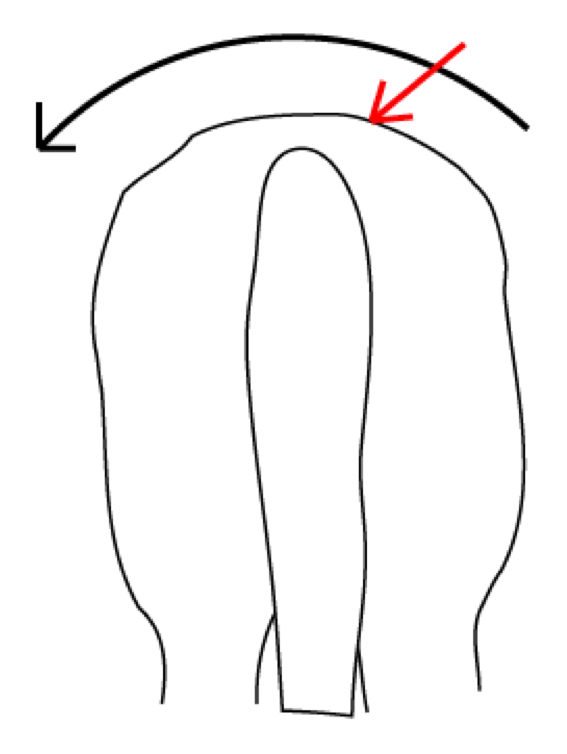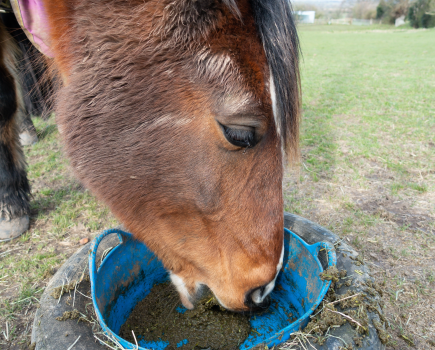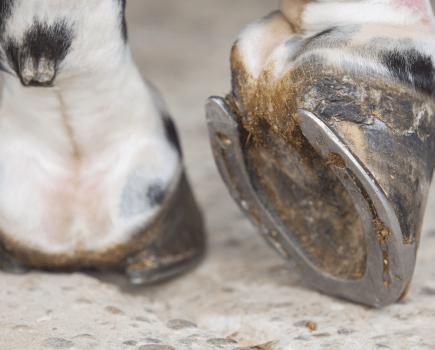A quick word this month from Ilse about getting on our horses, and how we can make their lives a little easier.
Clearly the first part of any training session is actually getting on the horse.
We all have our favourite method of mounting from the three mainstream ways: leg up, mounting block or from the ground, with our choices influenced by factors like access to mounting blocks and willing legger-uppers.
However, we really need to factor in how our method of mounting affects our horses, and this is why:
This is a slow motion video of a rather small lady getting on her horse from the ground. I think we can all agree that there’s a huge amount of movement in that saddle, and you can tell from the way the horse shifts his weight that it isn’t an enjoyable experience.
In this same study from Centaur Biomechanics, the researchers used a pressure pad under the saddle to monitor the amount of force on different parts of the horses back during mounting using different methods.
They found an area of huge pressure to the right and just behind the horse’s withers when the rider got on from the ground, which was likely to cause the horse substantial discomfort.
Interestingly, they also found the same area of high pressure when the rider used a mounting block, though the uncomfortable high pressure didn’t last as long. A leg up also caused a brief peak of pressure through the front of the saddle.
These results can easily be explained using basic physics/engineering principles. When we put all our weight in on stirrup, we pull the saddle over towards us.
The only things stopping that saddle from slipping over to the left is the girth and the horse’s withers.
In the time it takes us to pull ourselves onto the horse i.e. the time in which all our weight is in the left stirrup, the force of all our body weight is effectively concentrated on the right-hand side of the withers.

The force generated by a rider mounting from the ground on the left acts to pull the saddle over to the left (black arrow).The withers (and the girth) prevents the saddle from slipping over, but causes a build up of a huge amount of pressure (red arrow).
For those who can remember back to GCSE physics, pressure is the force divided by the area that force is acting over.
In this case, the force is our weight and the area is an approximately 10cmx10cm region of the horse’s back.
So for a 65kg person mounting from the ground, that’s 66,708 Pa, which is about 10 PSI. In other words, that’s an uncomfortable feeling for the horse.
One of the researchers made a comment that it was obvious from the slow motion (high-speed) videos that the horses all had a coping strategy for the rider getting on, bracing themselves by shifting their weight and their legs.
Our horses aren’t stupid; they learn and they know what’s coming – that peak pressure on their back – something to bear in mind if you have a horse that’s a terrible fidget when mounting.
How to help your horse
So what can we do to make mounting more comfortable? Well using a mounting block certainly helps; the higher the block, the better.
Having someone hold the other stirrup to counteract the force due to our weight in the left-hand stirrup really helps – that person takes some of the force that would otherwise be acting on the horse’s back.
Getting on from the “wrong” side may also help prevent soreness from building up over time.
The rule of mounting solely from the left likely springs from equitation’s military origins, whereby a soldier’s sword worn on the left hip prevented him from mounting from the right hand side.
Leg-ups are another option, although there’s an associated spike in pressure through the withers, the pressure isn’t as great and was the same on both sides.
While there may be occasions where we have to mount from the ground, I think we can all agree that it’s worth the time and effort to try and modify our behaviour and habits to make mounting more comfortable.
Hopefully this will make life less traumatic for our horses and for us!








